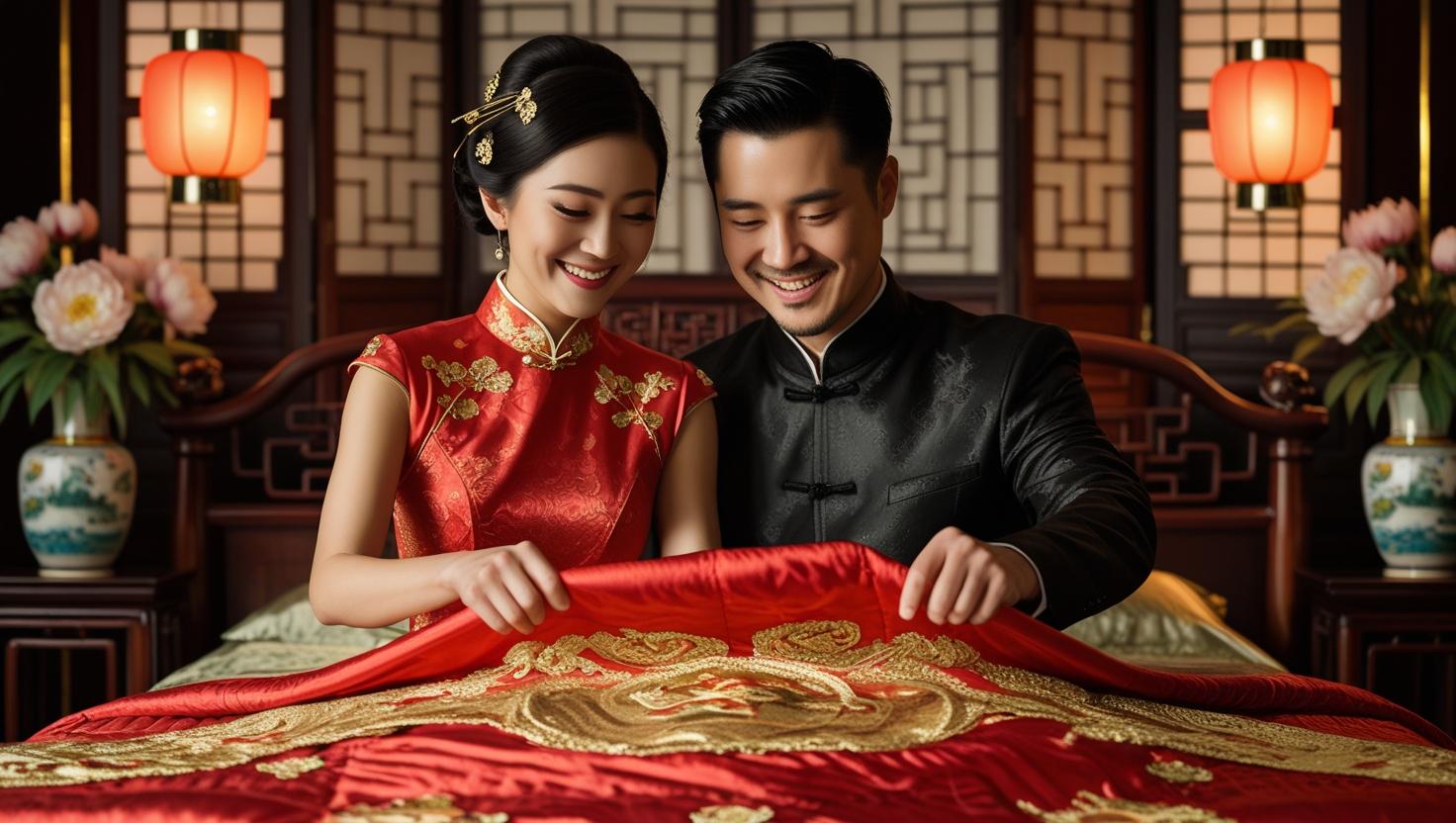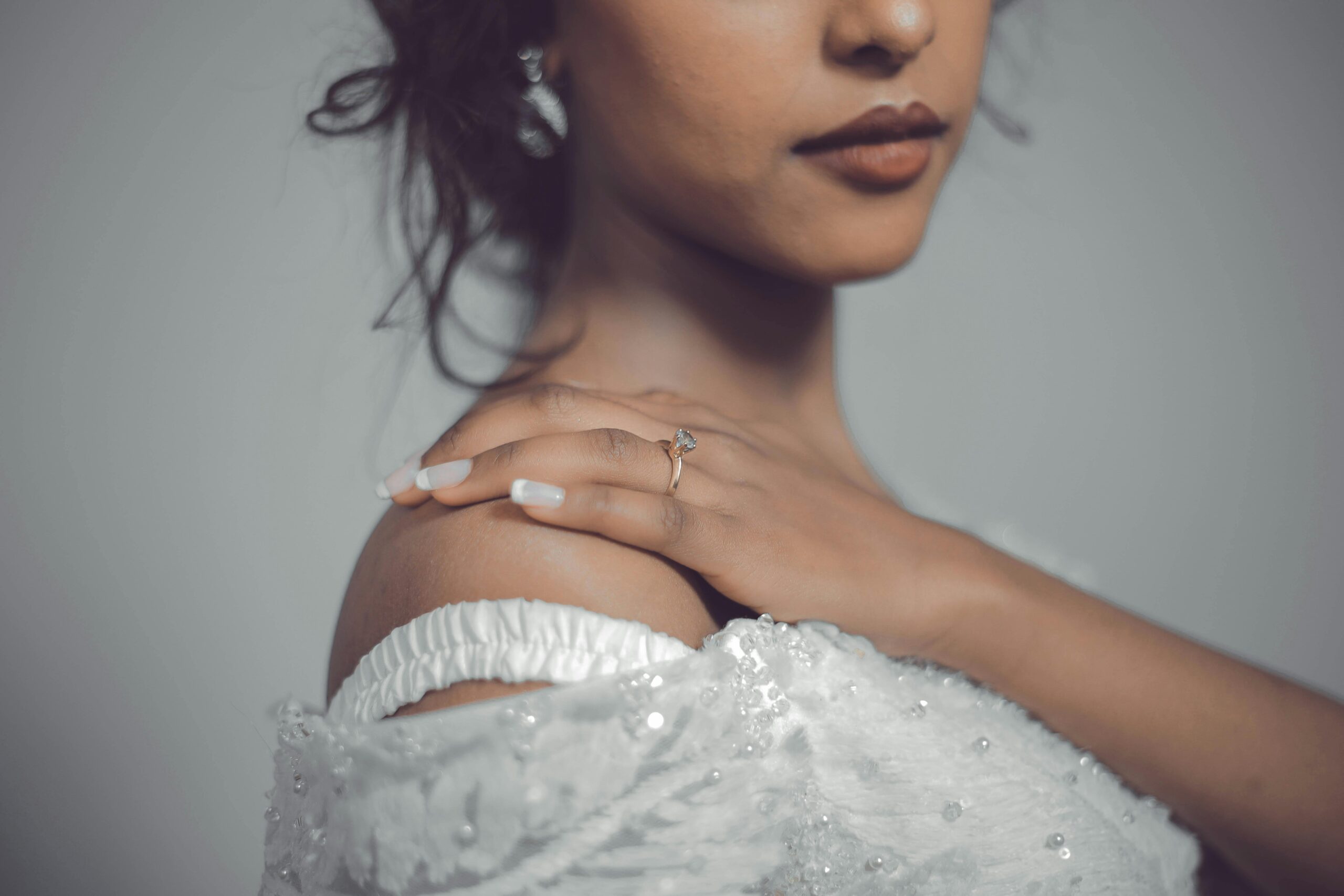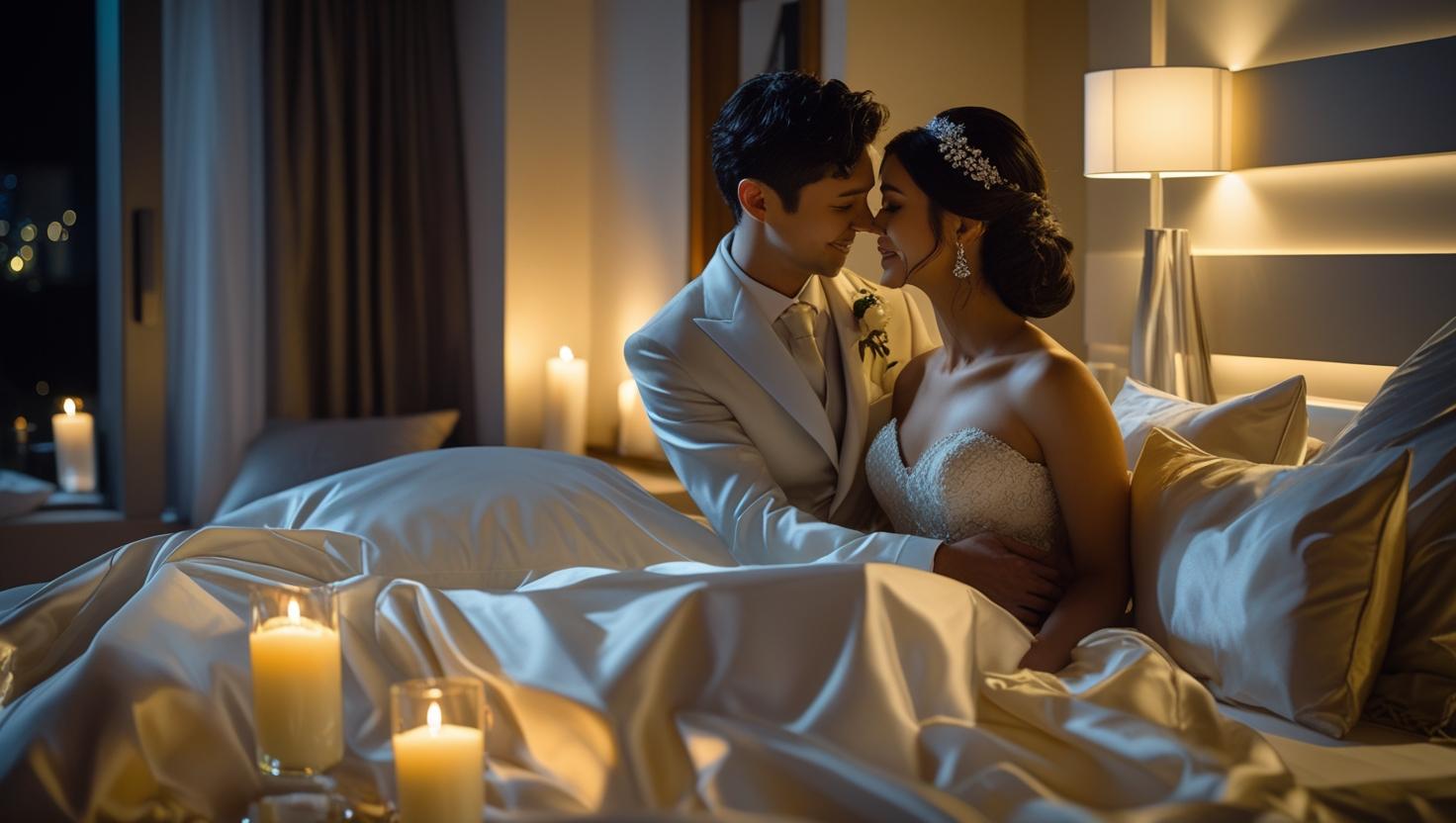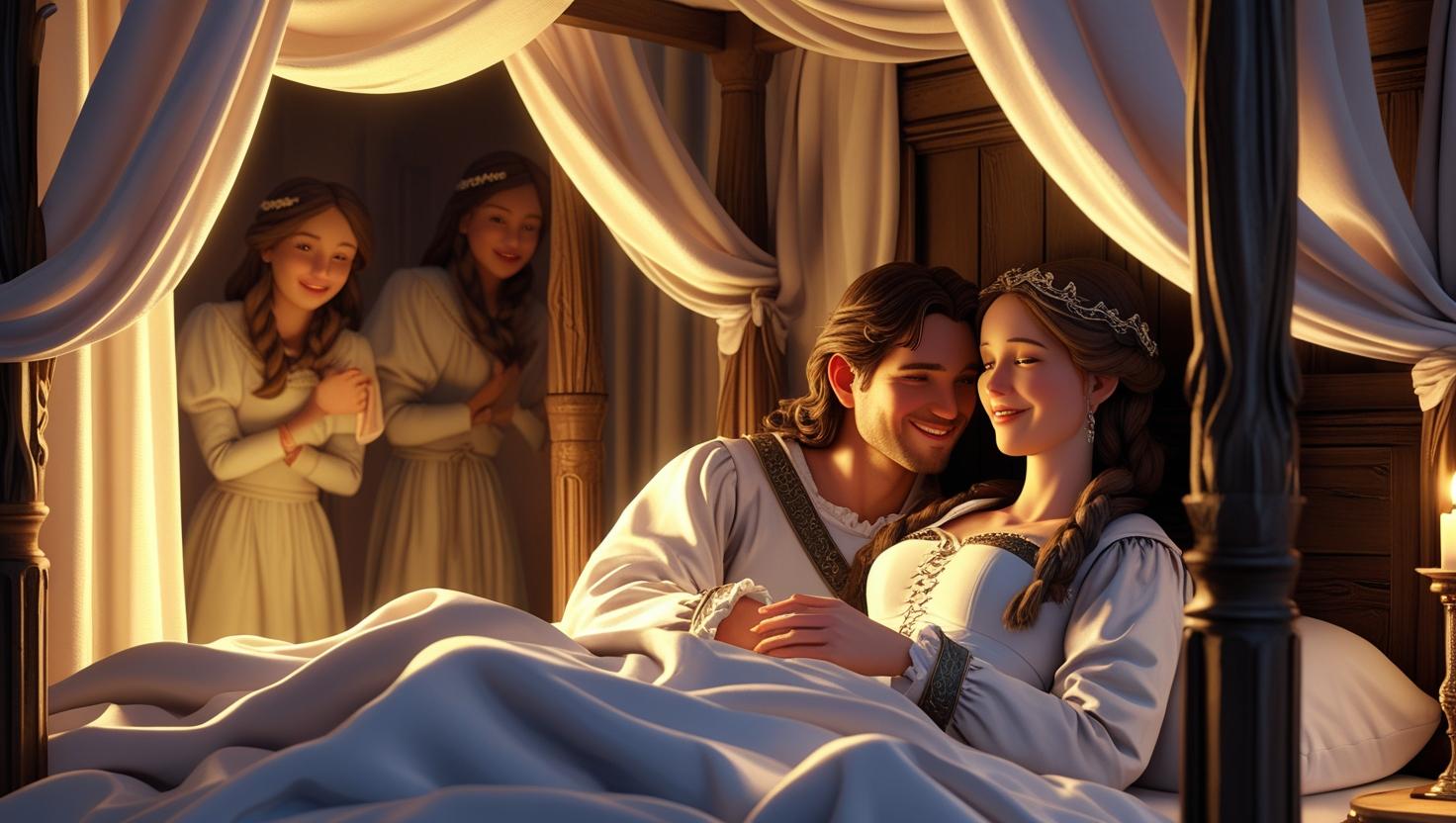Bedding Ceremonies: The Role and Cultural Legacy
The role of bedding ceremonies offers a fascinating glimpse into how ancient societies celebrated marriage, blending symbolism, tradition, and community into powerful matrimonial rites.
Key Takeaways
- The role of bedding ceremonies in historical contexts provides insight into societal norms.
- Bedding ceremonies marked the consummation and validation of ancient marriages.
- They reflect communal involvement and cultural expectations in matrimonial life.
- Fertility rituals, religious blessings, and witnesses were essential elements.
- These customs influenced many modern wedding traditions and symbols.
- Understanding the role of bedding ceremonies can enhance modern wedding practices.
- The evolution from public to private ceremonies mirrors changing cultural values.
1. Origins of Bedding Ceremonies: Symbolism and Purpose
Bedding ceremonies originated as formal events that marked the official consummation of marriage, symbolizing the start of a shared life and the union’s public recognition.
Bedding ceremonies historically marked the official consummation of marriage, symbolizing the transition into marital life. They were deeply tied to communal validation, with witnesses present to ensure the union was recognized and celebrated.
Exploring Cultural Heritage: Bedding ceremonies reflect a deep cultural heritage that saw marriage as both a personal and a communal bond. The presence of witnesses and formalized rituals underscored the idea that marriage wasn’t just a private affair but a matter of social importance. For a broader perspective, explore how bedding ceremonies became a timeless tradition.
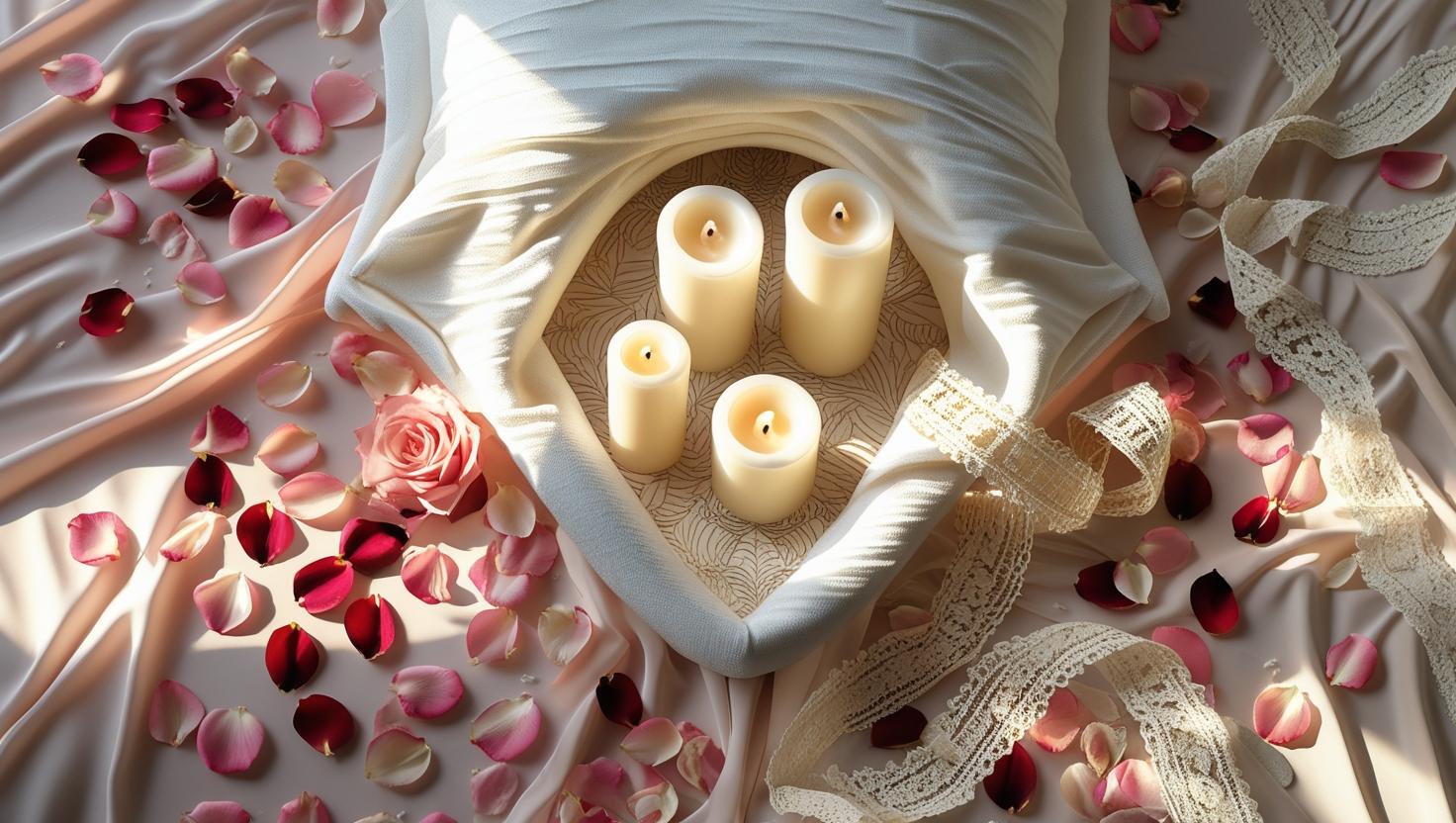
2. The Role of Fertility and Progeny in Matrimonial Rites
Fertility played a central role in bedding ceremonies, where rituals and symbols focused on ensuring procreation and the continuation of family lineage.
Fertility was a cornerstone of marriage in ancient cultures, with bedding ceremonies often designed to ensure and celebrate procreation. These rituals emphasized the importance of lineage and the continuation of family and community.
Exploring Cultural Heritage: Fertility rites within bedding ceremonies highlight the importance ancient cultures placed on family lineage and societal continuity. Even modern customs like throwing rice or flower petals at weddings are remnants of these age-old traditions. You can learn more in this exploration of nuptial bedding ceremonies.
3. Bedding Ceremonies in Ancient European Culture
In medieval Europe, bedding ceremonies were community-driven celebrations, often involving music, rituals, and blessings to ensure a successful marriage.
In medieval and Renaissance Europe, bedding ceremonies often involved elaborate public participation. Friends, family, and clergy escorted the couple to bed, singing songs or performing rituals that symbolized communal blessing.
Exploring Cultural Heritage: These ceremonies show how marriage functioned within a community network. Today’s wedding receptions and symbolic send-offs echo these traditions. See how this tradition continues in ancient matrimonial heritage.
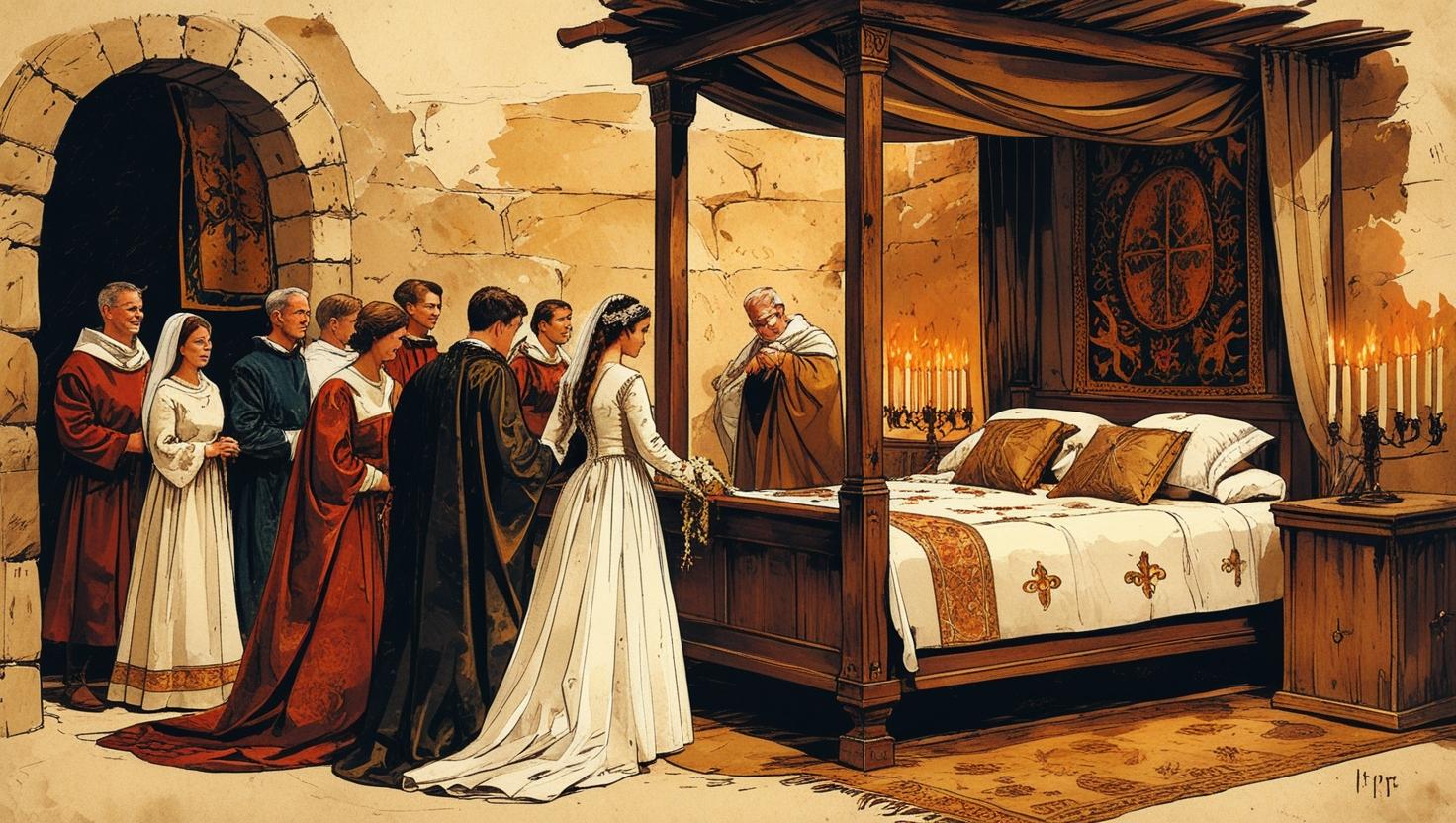
4. The Impact of Religion on Bedding Ceremonies
Religious blessings and spiritual leaders often sanctified bedding ceremonies, reinforcing the sacred and divine nature of marriage.
Religion played a significant role in bedding ceremonies, with blessings from priests or spiritual leaders often marking the sacredness of the union. These rituals highlighted the divine approval of marriage.
Exploring Cultural Heritage: Religious elements in bedding ceremonies underscore the sacredness of marriage. This spiritual legacy endures today in wedding prayers and ceremonial blessings.
5. Witnesses and the Public Aspect of Matrimony
Witnesses confirmed the legality and validity of marriage, ensuring its recognition in both cultural and legal contexts.
Witnesses served as both legal and cultural affirmations of marriage. Their role was especially vital in aristocratic families, where legitimacy and inheritance were tied to public recognition of the union.
Exploring Cultural Heritage: The legal requirement of marriage witnesses today stems from these traditions. Discover more about how public customs became private in this look at ritual transitions.
6. Ancient Rituals and Their Influence on Modern Weddings
Many modern wedding traditions, such as receptions and symbolic send-offs, have roots in ancient bedding ceremonies.
Many modern wedding practices trace their roots to ancient bedding rituals. Processions, music, and symbolic gestures like toasts and honeymoons have evolved but remain connected to these historic ceremonies.
Exploring Cultural Heritage: Ancient bedding rituals still inspire customs today. For example, custom bed frame designs draw from ceremonial bed symbolism. For a modern contrast, read how bedding ceremonies faded from contemporary weddings.

7. The Transition from Public to Private Ceremonies
Bedding ceremonies shifted from public displays to private moments as cultural values around intimacy evolved during later historical periods.
Bedding ceremonies shifted from communal events to private traditions as cultural views on intimacy evolved. By the Victorian era, the emphasis moved to privacy and personal connection between the couple.
Exploring Cultural Heritage: The honeymoon and private wedding nights mirror this shift. Learn more in our guide to Victorian bedroom decor or browse different types of beds used in ceremonial settings.

Conclusion
The role of bedding ceremonies in ancient matrimonial rites reveals a rich cultural heritage that has shaped how we celebrate marriage today. These ceremonies symbolised union, social affirmation, and divine blessing—elements that endure in modern weddings. Understanding the role of bedding ceremonies can deepen our appreciation for these traditions.
Explore more from a historical lens via the Wikipedia entry on bedding ceremonies or compare with NIH research on marital and reproductive customs.
FAQ
- What is the role of bedding ceremonies in history?
- Bedding ceremonies validated marriage through symbolic and sometimes public acts, involving community support and religious blessings.
- Why were witnesses important in bedding ceremonies?
- They ensured the marriage’s legitimacy, especially in cultures where heirs affected legal and political rights.
- How did religion influence these ceremonies?
- Priests and blessings were common in many cultures, integrating sacred elements into matrimonial traditions.
- Do modern weddings reflect these customs?
- Yes, many practices like receptions, blessings, and honeymoons stem from ancient bedding traditions.
- Where can I learn more about bedding ceremony customs?
- Explore bed frame evolution and sleep customs worldwide.

